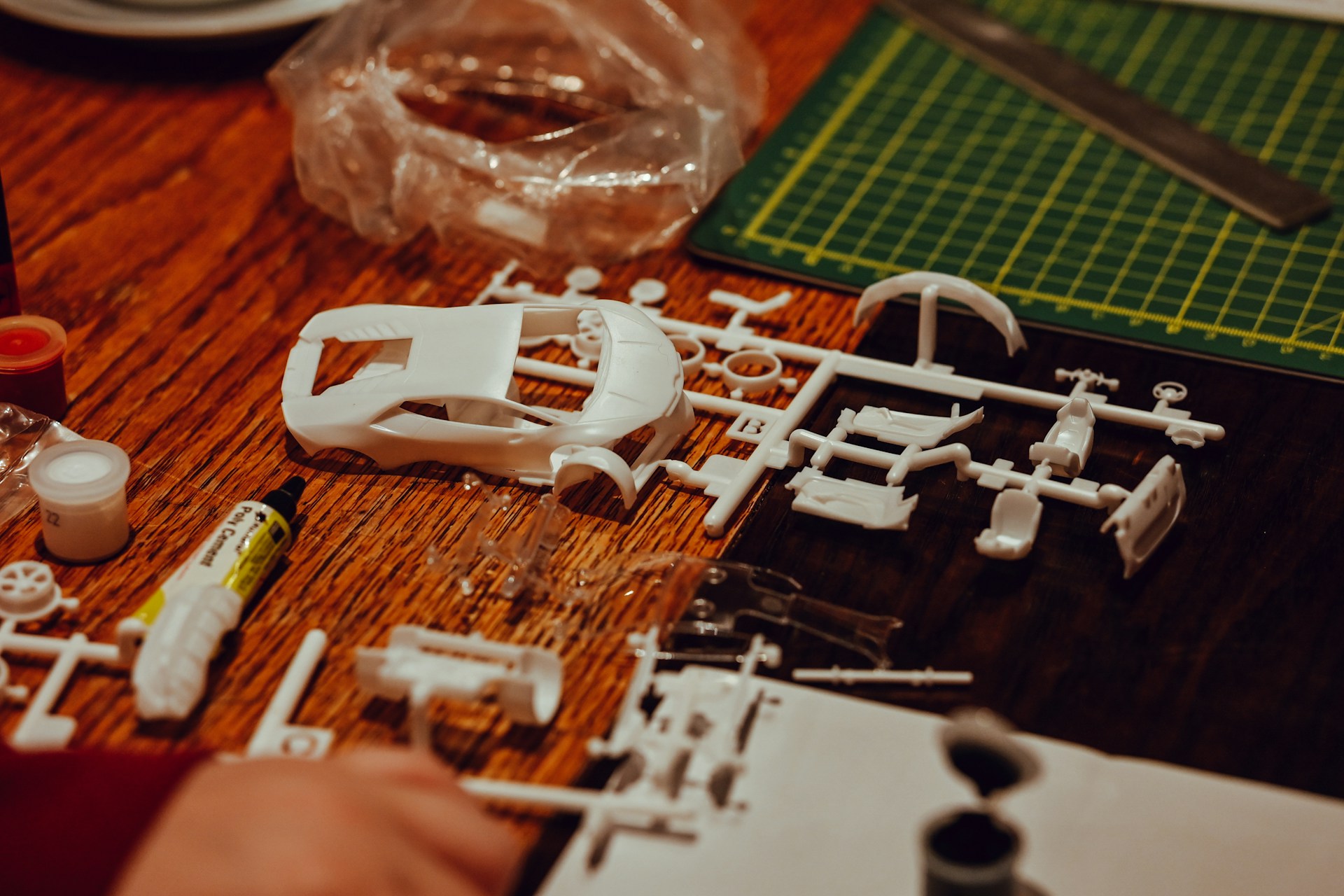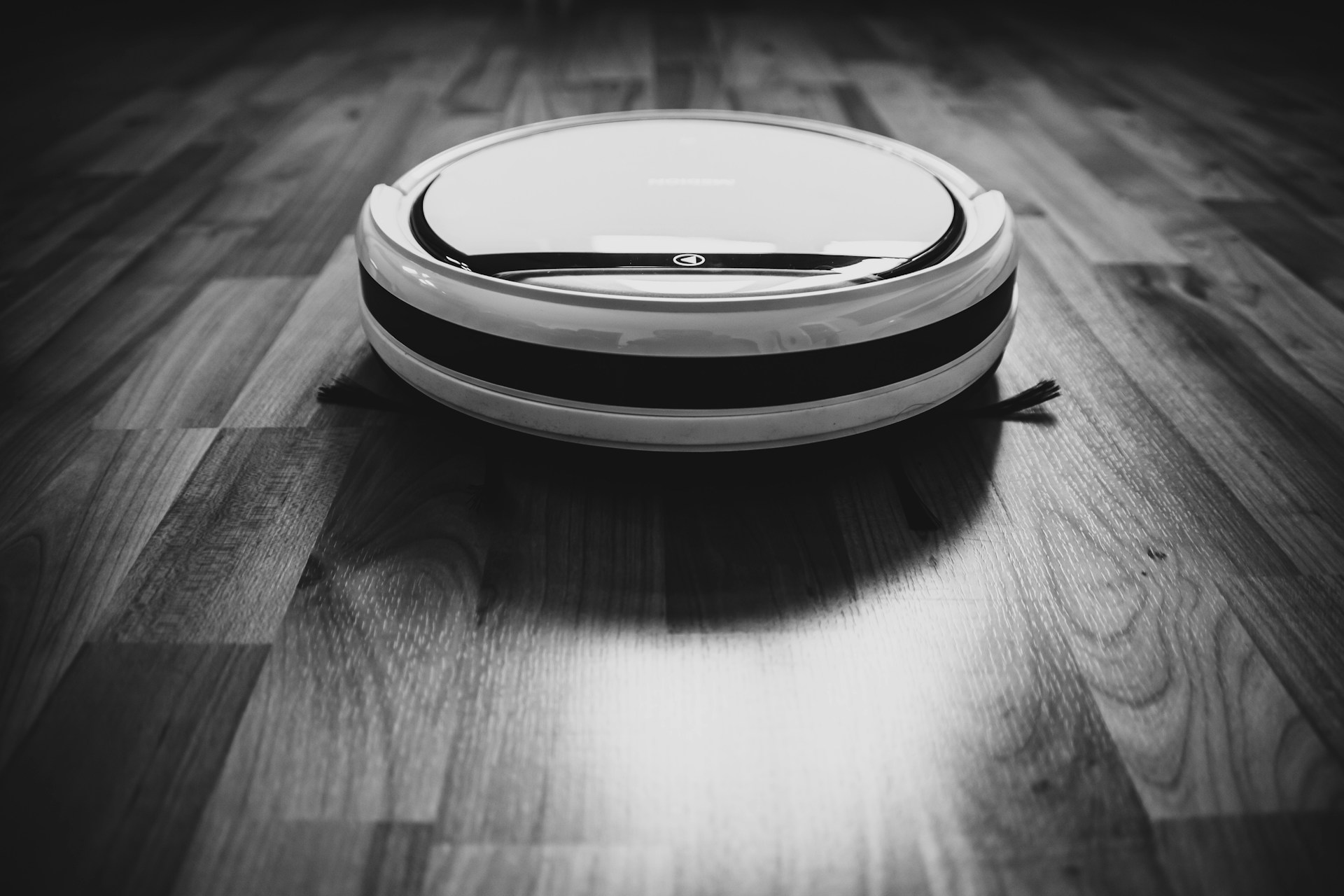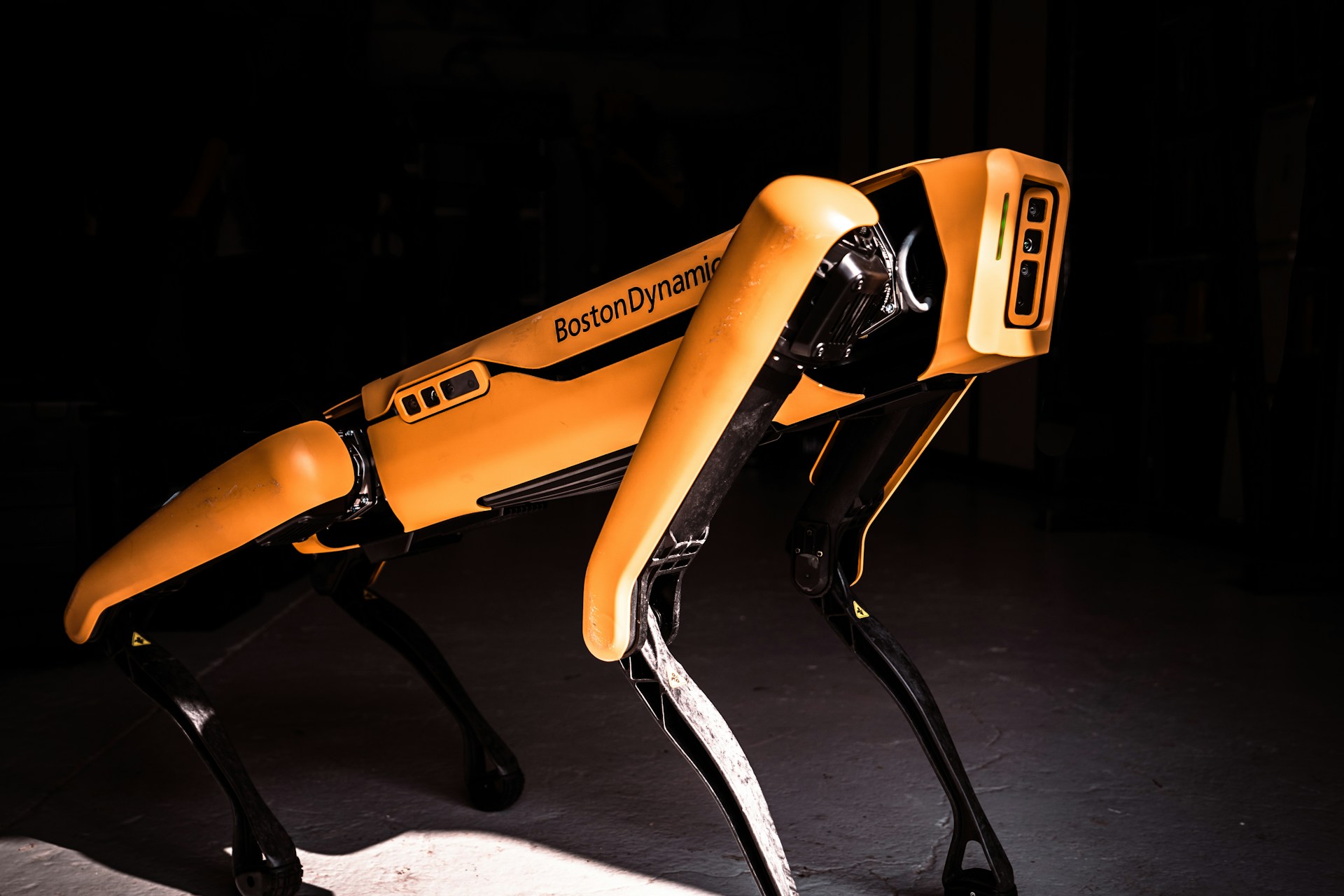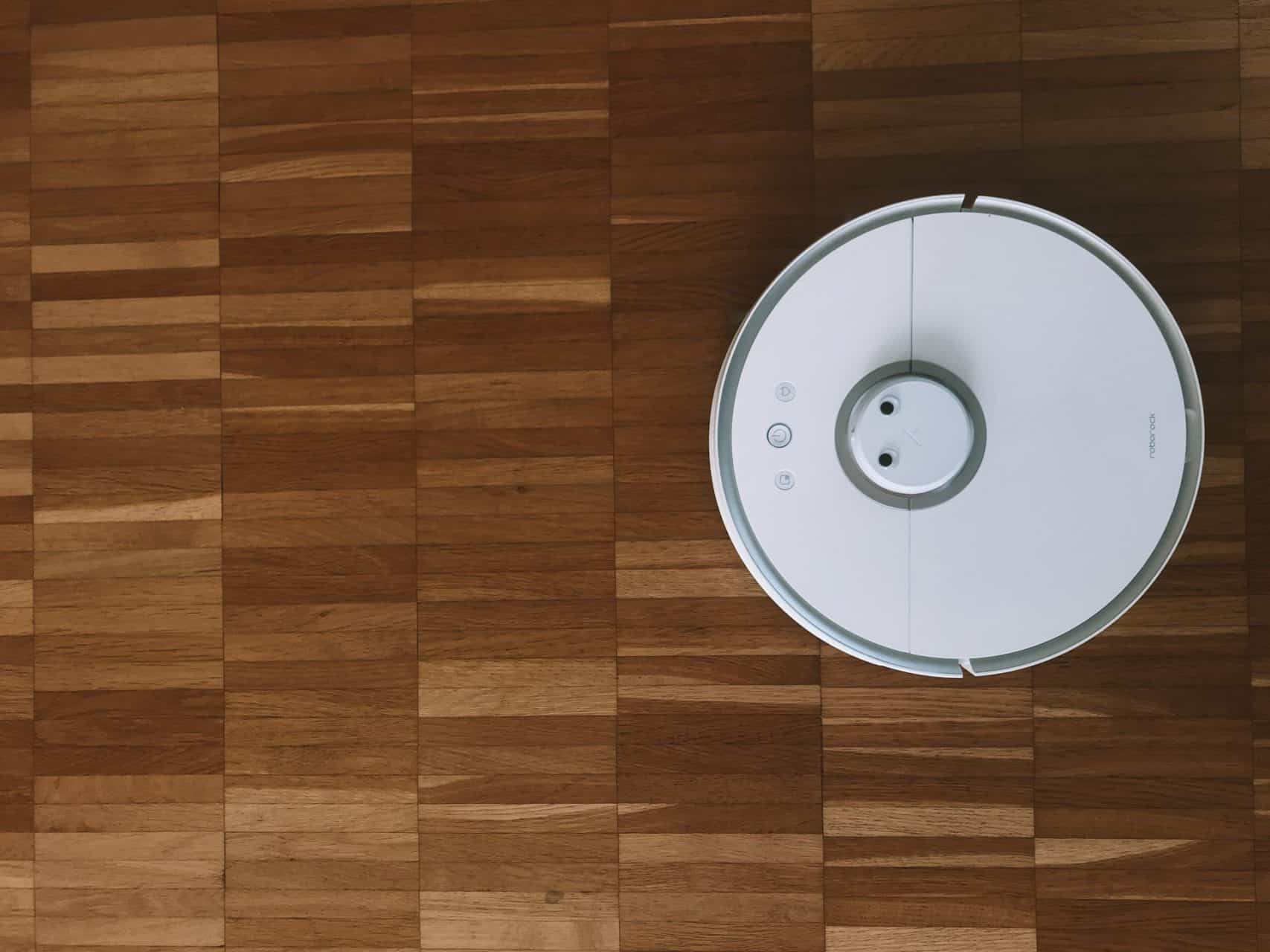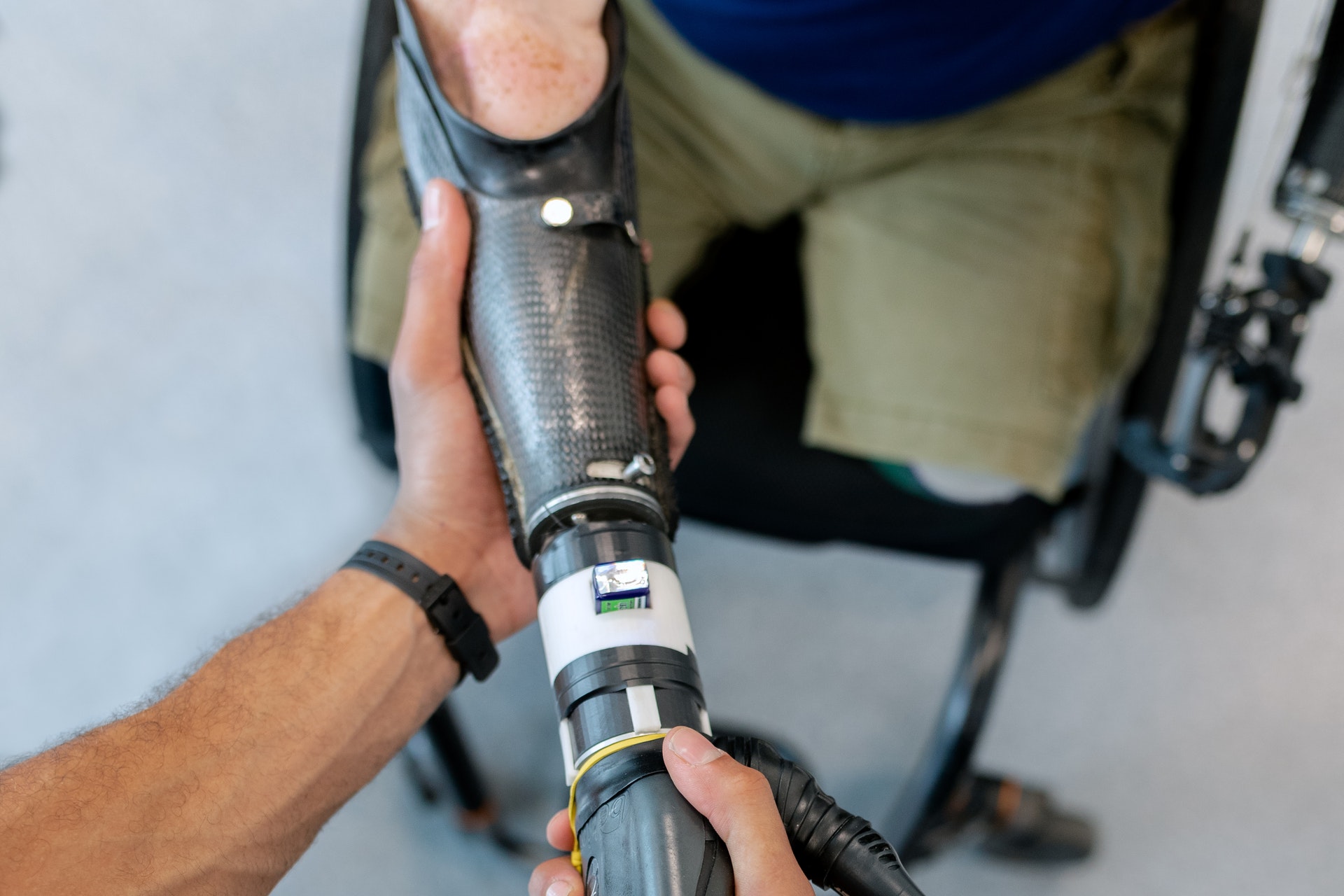
Human-Robot Collaboration: What Are the Possibilities?
April 21, 2022 - Ellie Gabel
Revolutionized is reader-supported. When you buy through links on our site, we may earn an affiliate commission. Learn more here.
It wasn’t long ago that most people only directly encountered robots when going to tech exhibitions or working in careers related to the machines. Now, significant progress in human-robot collaboration has unlocked new potential for combining people and machines. Here are some fascinating examples.
Helping Patients With Paralysis Walk Again
Many people wonder how robots could change their lives or have that effect on others they know. The robots that help patients with paralysis walk again are excellent examples of machines that could have tremendous impacts on users and their loved ones.
These robots, often referred to as exoskeletons, typically have slight variations in how they work, based on design and a patient’s needs. A North Carolina-based company called Next Level Rehab offers exoskeletons with customized functionality. In some cases, it bends a wearer’s knees, helping them take steps as they use a walker. In others, people use it to improve certain aspects of their gaits, letting them move more efficiently.
People need about 30-40 hours of training before using the robotic exoskeleton without supervision. However, many of them are so amazed by what the machine allows them to do that they look forward to those sometimes-challenging sessions.
Users mention joys most individuals take for granted, such as seeing the world from a standing perspective after using a wheelchair for decades. They also look forward to how the new form of activity could help them avoid health problems down the line. Some hope to return to the pastimes they once loved, like running.
The downside of this type of human-robot collaboration is that it’s not accessible to everyone. The robotic suits are typically pricey and not all places have them readily available yet. Still, the fact that they exist is enough to give people with paralysis hope and make them feel excited about the future.
Improving Medical Procedure Outcomes
Most people will have at least a few surgeries in their lifetimes and many need them much more frequently. In those instances, patients put their trust in the hands of the surgical team. But, it’s increasingly likely there’ll be a robot among them.
Depending on the nature of the human-robot collaboration, the person primarily responsible for performing the procedure may not be in the same room. They might not even be within the hospital and instead located miles away. The main benefit of that characteristic is that it increases access to safe surgery for people in rural areas.
However, there are significant variations in how the human-robot collaboration manifests itself in operating rooms. Sometimes, a surgeon moves the robot with a joystick but is within the same general area of the machine. In telesurgery, the primary surgeon is not in the same facility, although a support team remains with the patient and ready to step in if needed.
There are also highly specialized ways a robot might help a surgeon. A newly developed robotic surgery solution for cancer care helps surgeons assess how much tissue to remove during procedures. More specifically, the people involved will get guidance on the optimal amount to remove to extract an entire tumor. However, the technology will help them avoid non-essential removals.
Another recently invented robotic-assistance system lets surgical professionals achieve 20 to 40 times more accuracy with glaucoma surgeries compared to those done manually. Such a tremendous improvement is impressive in any case. However, it’s especially so given the delicacy, complexity and critical nature of the eyes.
Promoting Workforce Productivity and Health
Robots typically excel at repetitive tasks. That’s excellent news for humans, who often experience strain after doing those duties for too long. Collaborative robots are machines specifically designed to work safely close to humans. Before those came on the market, bots usually stayed behind safety cages and could not move with people near them.
Cobots can stay within a couple of humans with no barriers separating the two. One recent example of human-robot collaboration came from a Dutch company called Marlan. It primarily makes sinks and freestanding bathtubs. Many of its products feature a chemical-resistant, mineral-filled polyester resin that requires sanding during production.
CEO Rik Heerema spoke of the resin and its associated processes. He said, “It’s a beautiful product, but it involves a lot of manual work. It’s not appealing for employees to do sanding work all day. The new cobot takes over the boring tasks from the workers and can perform these tasks for an unlimited length of time. As a result, the employees are happier and, what’s more, productivity goes up.”
The robot also works with various attachments that let it accomplish specific tasks as needed. However, humans still play vital roles in the overall workflow. When using the robot for sanding, a team member turns the machine on and off and switches out the sandpaper.
Another outstanding human-robot collaboration occurred during assembly line work at an automobile plant. Applying a waterproof liner to the vehicle required workers to continually press on a dynamometric roller. That physically taxing job could cause long-term arm joint damage over time. However, now a cobot can do it and get precise results.
Lending a Hand in the Hospitality Sector
People are gradually experimenting with human-robot collaboration options in the hospitality industry. When a Japanese hotel tried to have robots do most of the work, it had to stop using half of its almost 250 robots. That was because they actually increased the workload for people rather than relieving it. For example, a concierge robot couldn’t help guests with their attraction questions, and luggage-carrying robots often got stuck.
However, in other cases, robots do assist people in meaningful ways. A more successful Japanese attempt occurred when people with disabilities remotely controlled robotic servers in a Tokyo cafe. Some human servers also work on-site. The remote staff can talk to the cafe guests via the robots, even if they are hundreds of miles away from them. Some servers say this lets them engage with people regularly, even if their disabilities often keep them at home.
Another option comes from LG, with the upcoming CLOi ServeBot. It will arrive in the US market sometime in 2022. The bot’s design has three shelves, allowing it to carry up to 66 pounds. The machine operates for up to 11 hours on a single charge once a person trains it to understand the environment’s layout. One potential way to use it is to have robots carry trays of food to restaurant guests. However, the machines could also assist in retail stores.
Challenges to Human-Robot Collaboration Attempts in Hospitality
Guests don’t always warm up to robots in hospitality, though. The campus of New Mexico State University has a student-run cafe. There was recently a humanoid robot installed there as a host for arriving guests. Betsy Stringam was part of a research team studying human-robot interaction.
She said, “There was a general lack of trust. I don’t know if that’s because people have seen too many robots go wild in science fiction movies, but we were surprised people refused to interact with him.”
Another study showed people are more comfortable talking with female robots than male ones in hotel service roles. That was especially true when the machines had human-like features. The researchers attributed that to the stereotype of females being more suitable for care roles.
People don’t always like adjusting to new things. Most of them have seen people in service roles for decades. It’s not surprising that some might feel uneasy with a different arrangement. However, if it’s clear the bots are there to help humans rather than take over their jobs, the public should be more receptive.
What Makes a Beneficial Human-Robot Collaboration?
Even the most advanced robot is not appropriate for every conceivable situation where a person might need it. That’s why there are numerous questions to ask before finalizing any human-robot collaboration. First, is there solid evidence that the robot can do what the human requires? If not, why do people think the pairing will succeed?
Can the robot safely do the job the human needs? Has it been decided what steps the person will handle and what the machine will do? Is there support to rely on if the robot breaks down or the human has difficulty using it?
What metrics will the person or company use to determine if the robot is helping or causing too many problems in its role? How much training will the person have before working with the robot regularly?
Answering questions like these increases the likelihood of a successful human-robot collaboration. Otherwise, there’s a greater risk of unintended consequences.
Revolutionized is reader-supported. When you buy through links on our site, we may earn an affiliate commission. Learn more here.
Author
Ellie Gabel
Ellie Gabel is a science writer specializing in astronomy and environmental science and is the Associate Editor of Revolutionized. Ellie's love of science stems from reading Richard Dawkins books and her favorite science magazines as a child, where she fell in love with the experiments included in each edition.
